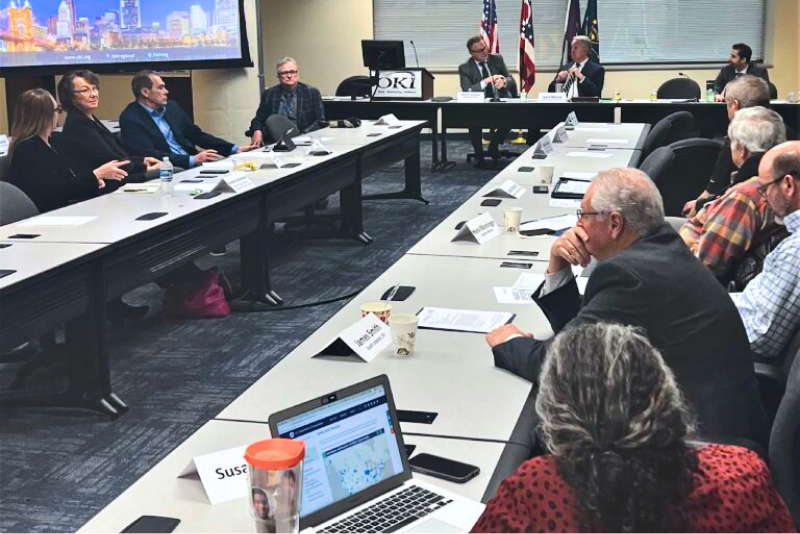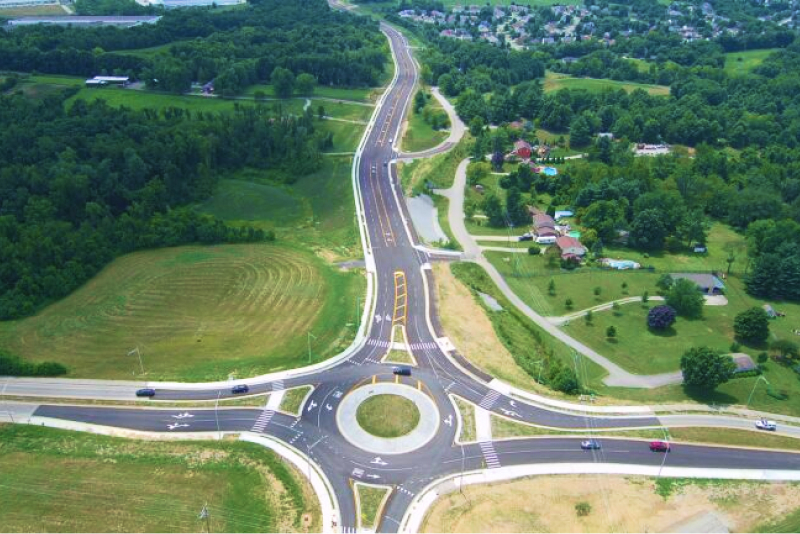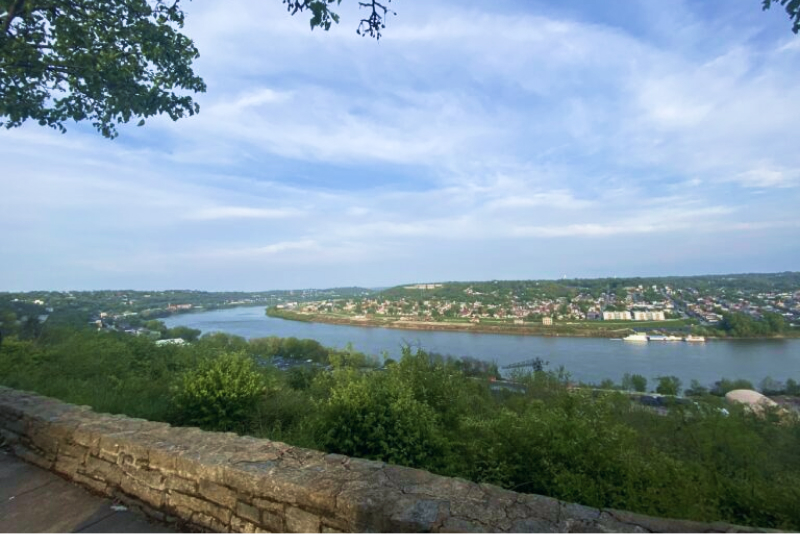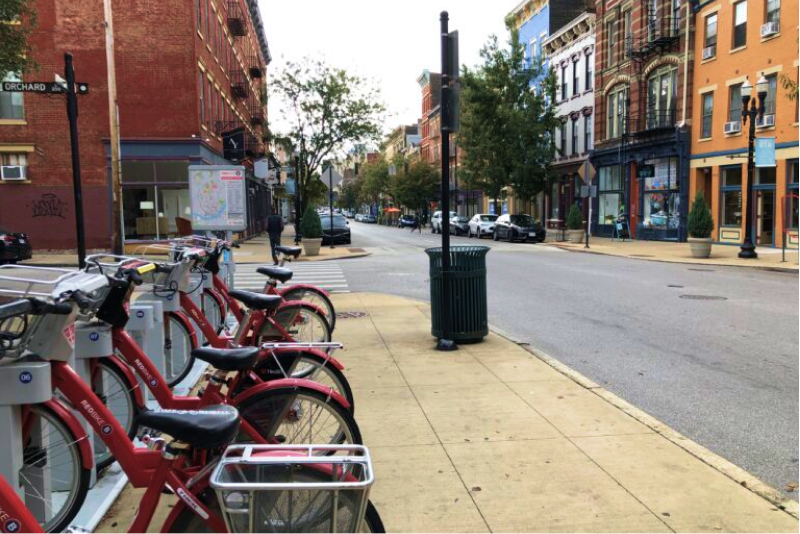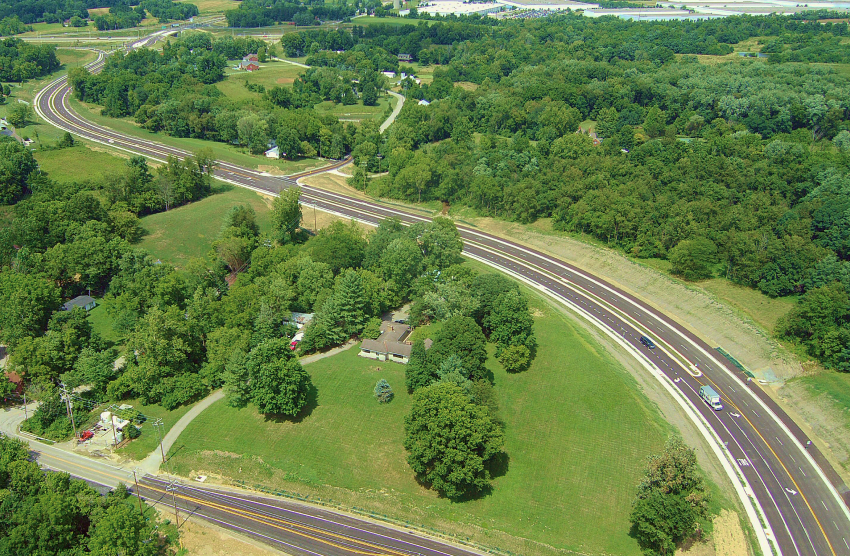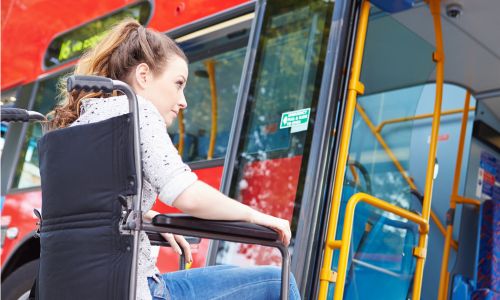Overview
OKI listens intently to you. That’s because your ideas and opinions help shape a stronger, more inclusive region for all. We seek input from people across all communities and backgrounds. Our Participation Plan outlines how we gather and use this information. OKI gets federal money to help decide where and how it’s spent. Because of that, we follow clear rules to make sure these funds are used fairly and without discrimination.
Update to Public Participation Plan
In 2022, OKI updated our Public Participation Plan to further develop effective solutions to regional issues and needs. The plan included these updates:
- Processes for holding video or teleconference events. The new, blended effort uses both in-person outreach and virtual public involvement (VPI) approaches, when appropriate.
- New guidelines call for defining communities with high-level populations of low-income, elderly, individuals with disabilities, and zero-car households. The first step is to identify the general distribution of each of these populations. Second, if the concentration of a select group meets or exceeds 50% of the regional average and includes more than 250 individuals, the population is considered part of a target group and area.
Plan’s four distinct but related elements:
Element 1
Presents a policy and process for involvement including focused special efforts to involve select populations
Element 2
Describes a process for defining the population groups and areas in the OKI region to be a focus for outreach processes and procedures
Element 3
Describes a process for assessing the equity of transportation investments on behalf select populations
Element 4
Lists the initiatives that OKI will implement to support the plan
Role of OKI’s Participation Plan
OKI has had an active public participation process for years
Fixing America’s Surface Transportation Act (FAST Act) planning regulations require an expanded participation approach. This includes public/community outreach and consultations with agencies at all levels.
OKI adopted the FAST Act language referring to this document as the OKI Participation Plan. The plan expands the previous OKI Policy for Environmental Justice. It clarifies the outreach process for the various planning processes and plans, such as the Metropolitan Transportation Plan; Transportation Improvement Plan (TIP); and Corridor and Special Studies Plans.
The plan sets out provisions for public meetings. It provides maps which identify populations of the elderly, individuals with disabilities or low incomes, and zero-car households. The maps show where these groups are most geographically concentrated.
Working with state and federal planning partners, OKI continually works to figure out how much public involvement is needed for different projects. The amount depends on the type of project and the amount of change for both the TIP and the Participation Plan. The plan is updated at least every four years.
History of Public Participation
In 1994, President Bill Clinton issued Executive Order 12898 (E.O. 12898) to ensure that federal funds are used fairly and without discrimination.
In 2003, OKI adopted a policy for Environmental Justice that has since been incorporated into the OKI Participation Plan. This policy expands OKI’s efforts to involve the public in its transportation decision-making.
The policy enhances OKI’s outreach efforts, particularly for low-income population groups, the elderly, individuals with disabilities and zero-car households. In support of our policy, OKI established an EJ Advisory Committee in 2000. This was incorporated into the Community Advisory Committee in 2025.
Title VI Addresses Which Groups?
Title VI of the Civil Rights Act prohibits discrimination on the basis of race, color, or national origin.
DOT Order 5610.2(a) and E.O. 12898 listed persons belonging to the following populations: minority and low-income groups. The elderly population and people with disabilities were included in FAST Act, but they are not required to be addressed under these provisions.
Zero-Car households are a logical and reasonable extension of these provisions. By virtue of OKI’s commitment to the intent of these provisions, OKI follows Title VI and continues to expand its transportation planning process to specifically consider select population groups: low-income, elderly, people with disabilities and zero-car households.
How Does Public Participation Improve Decision Making?
Public participation should be part of every transportation decision — from the first thought about a transportation plan to after the project is built and maintained. When done right, these processes and plans make transportation decisions better at all stages. This approach will:
- Result in better transportation decisions that meet the needs of all people
- Help design transportation facilities that fit more harmoniously into communities
- Make the public involvement process better, build stronger community partnerships, and give the elderly, people with disabilities or low incomes, and zero-car households the chance to learn about and improve transportation in their lives
- Improve how data is collected, tracked and analyzed to better understand the needs of specific groups and how transportation affects them
- Enable OKI to partner with other public and private programs to leverage resources and achieve a common goal for communities
- Help prevent disproportionately negative impacts on people with low incomes or a disability, the elderly, and zero-car households.
